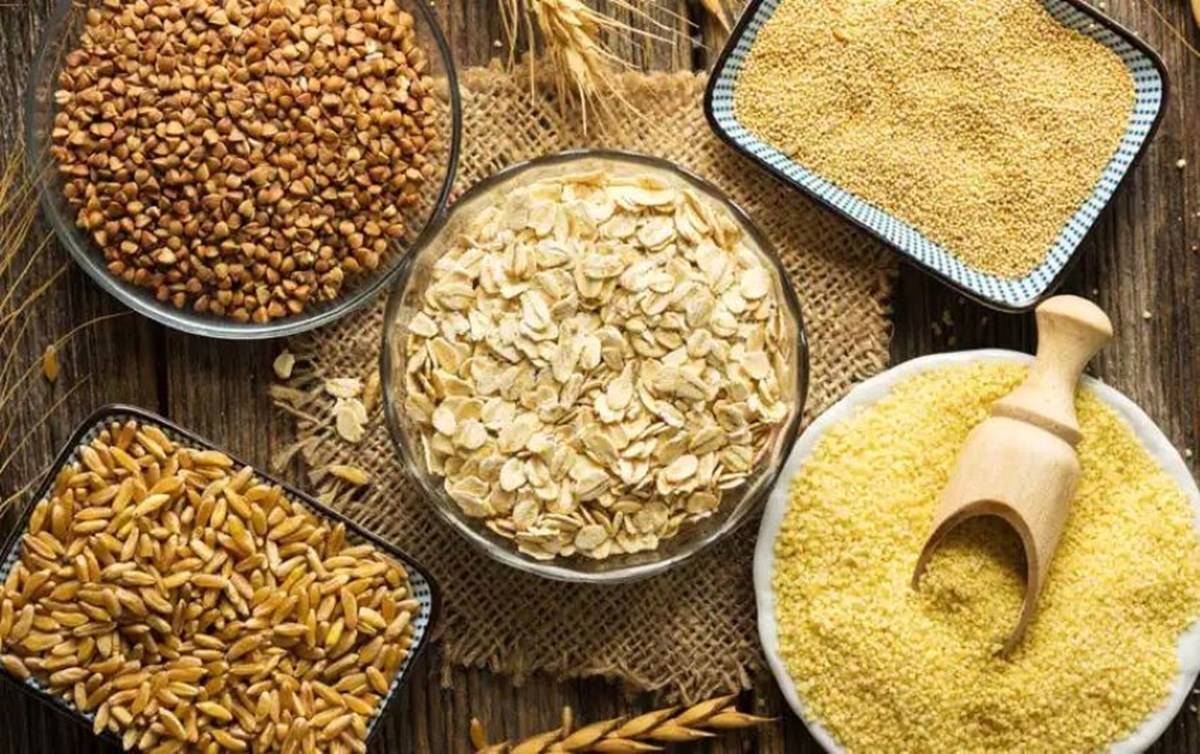
Cereals are grasses grown primarily for their edible grain seeds and are large-seeded grains. Cereals were named after the Greek goddess Ceres, whom the Romans worshipped as a grain giver. Millets were most likely first cultivated in Asia over 4,000 years ago, and they were important grains in Europe during the Middle Ages. Millets are still important food staples in developing countries around the world due to their nutritional value.
Composition of Cereals:
-
Endosperm: the starchy part of the grain that serves as food storage tissue.
-
Germ: the reproductive part of the grain that grows into a plant that germinates.
-
Bran: the outer layer of cereal that serves as dietary fibre.
Millets Composition:
-
Millets have a complex carbohydrate content of 65-75%, a protein content of 5.6-12%, a fat content of 2-5%, a crude fibre content of 15-20%, and a mineral content of 2.5-3.5%.
Major Distinctions Between Cereals & Millets:
-
Cereals are high in carbohydrates (60-70%) and also contain fats, proteins, and vitamins; millets, on the other hand, are high in minerals such as phosphorus, potassium, and magnesium, as well as nutrients such as fats, vitamins, and proteins.
-
Cereals are grasses grown primarily for their edible grain seeds and are large-seeded grains, whereas millets are annual cereal commonly grown in dry areas and are extremely adaptable small-grained grasses that are widely grown for human consumption around the world.
-
Cereals are difficult to digest due to their high carbohydrate and nutrient content; on the other hand, millets are simple to digest.
-
Cereals are grown as the main crop, with large grain, and in good soil; millets, on the other hand, are grown as a mixed crop, with small grain, and in poor soil.
-
Cereals require a lot of rain to grow; on the other hand, millets require little rain because they grow in dry areas and are drought resistant.
-
Cereals are economically significant, whereas millets are less significant, despite having a short growing season and high productivity.
-
The most common cereals are oats, rice, rye, barley, maize, wheat, sorghum, and so on, whereas the most common millets are proso millet, pearl millet, jowar and ragi, foxtail millet, and so on.









